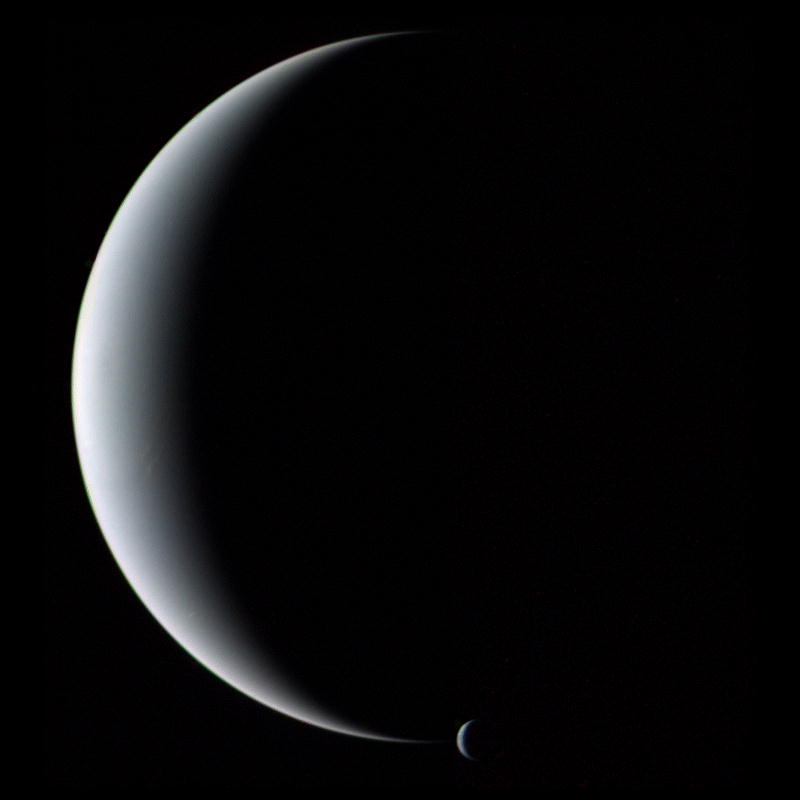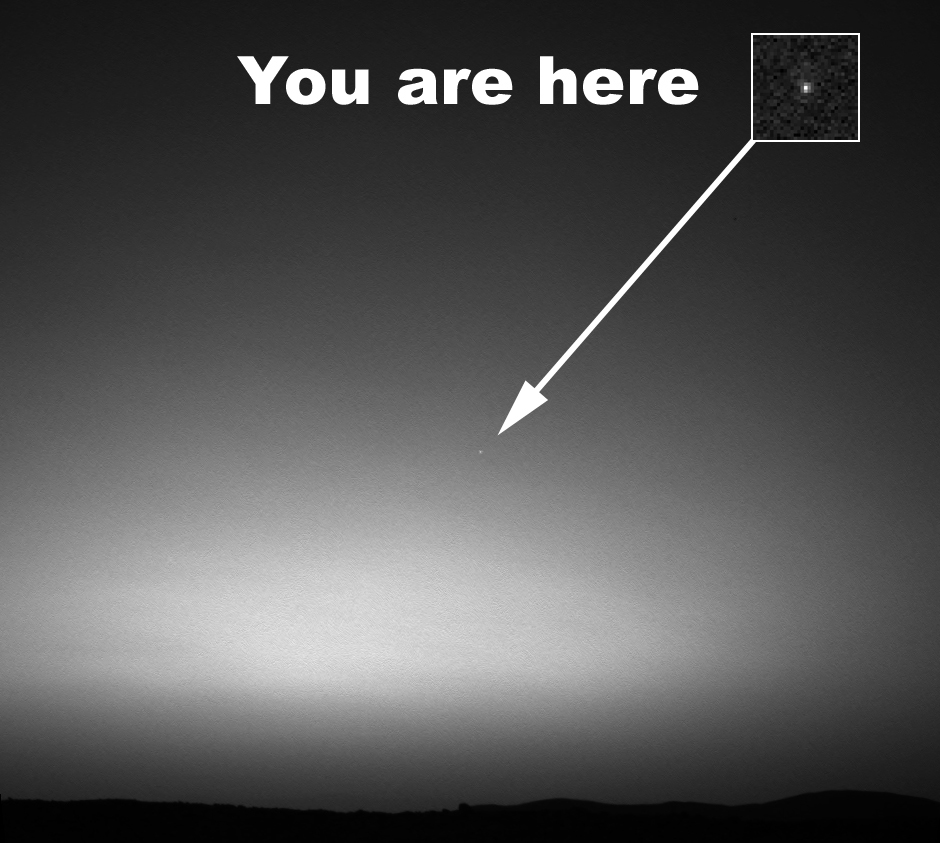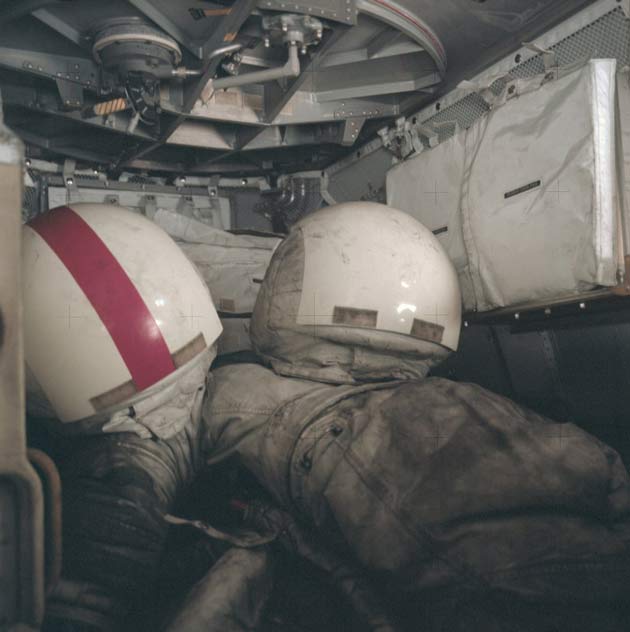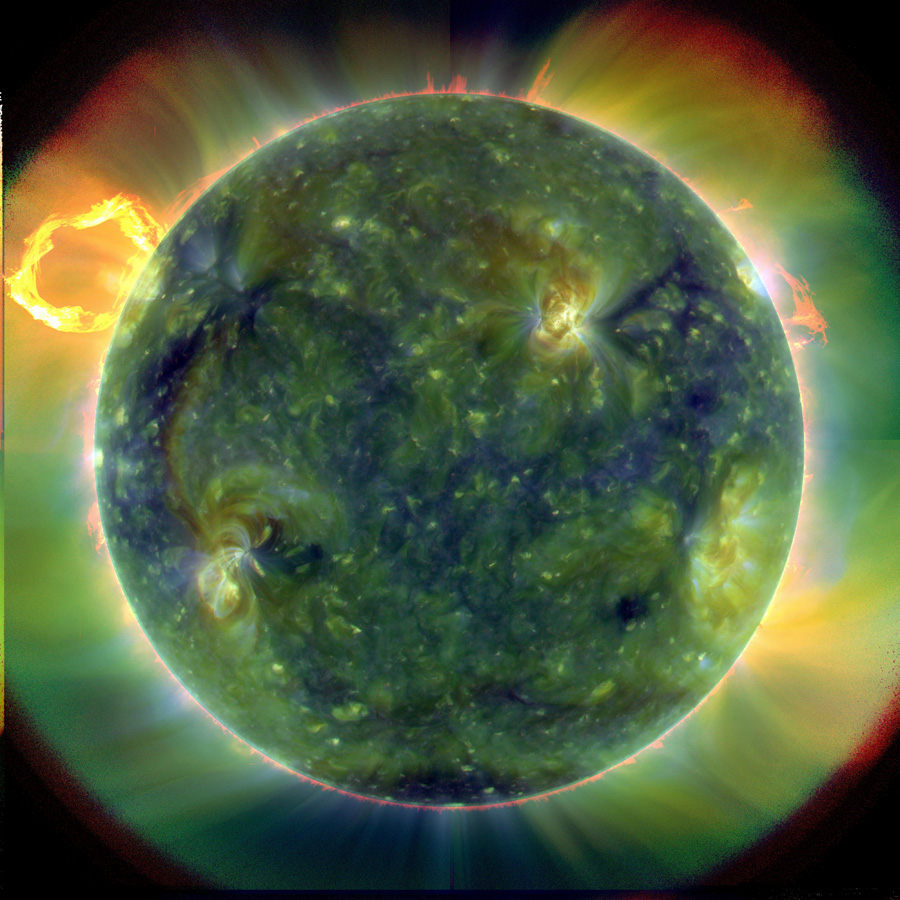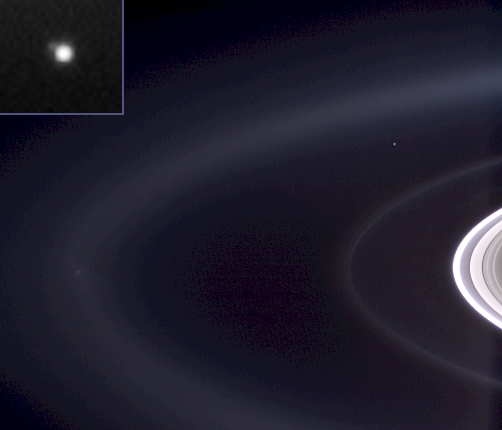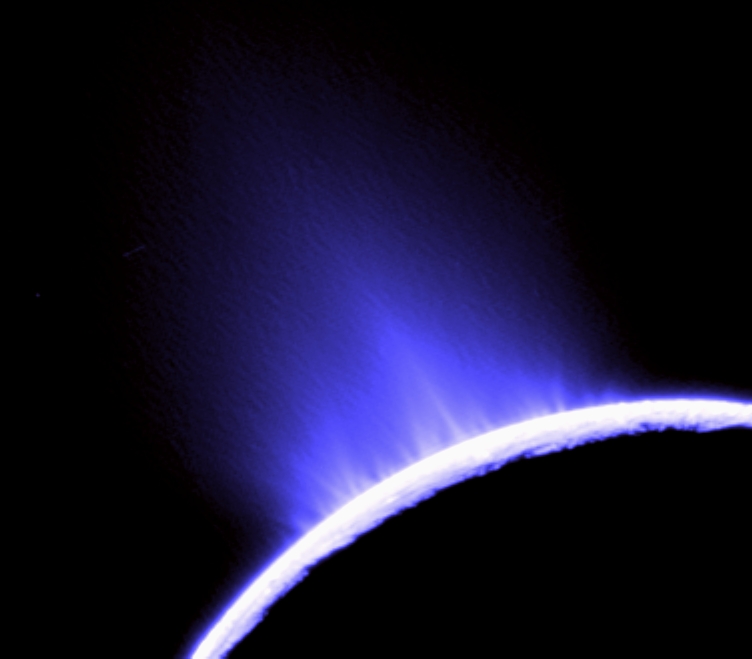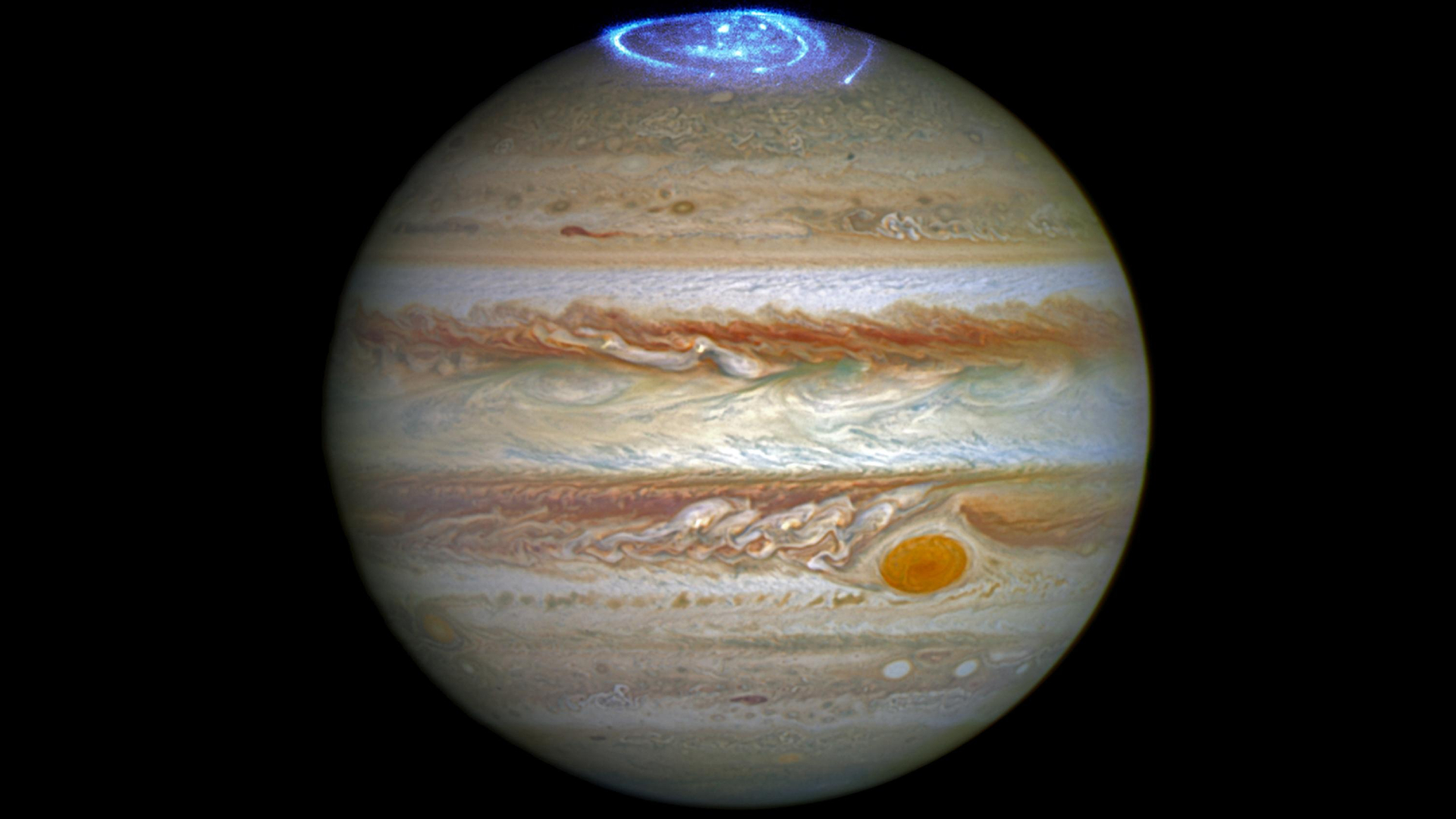Gallery: Experts' Favorite Space Photos
Introduction
SPACE.com asked scientists, photographers, authors and space leaders for their favorite space photos. This 1995 picture from the Hubble Space Telescope, called the "Hubble Deep Field," was a popular choice. It reveals thousands of distant galaxies by combining light collected over many hours. For the rest of our experts' favorite photos, click through the gallery.
Pale Blue Dot
Science-fiction author Ben Bova, author of the “Grand Tour” series and others, writes: "My favorite space image is the picture taken by one of the Voyager spacecraft looking back at 'the pale blue dot' of Earth." The narrow-angle color image of the Earth is a part of the first "portrait" of the solar system taken by Voyager 1. The spacecraft acquired a total of 60 frames for a mosaic of the solar system from a distance of more than 4 billion miles from Earth and about 32 degrees above the ecliptic. Image released Feb. 14, 1990.
Neptune and Triton
Jeff Hall, director of the Lowell Observatory in Flagstaff, Ariz., chose this image of a crescent Neptune and Triton captured by the Voyager 2 spacecraft. Hall used this image in a presentation accompanied by the music of Gustav Holst’s The Planets. Hall noted that when Holst wrote the music about 100 years ago, Pluto had not yet been discovered, and a scientist named Vesto M. Slipher was making measurements that laid the groundwork for the later discovery that there were galaxies beyond our own Milky Way.
“With this image, Voyager captured the extent of our knowledge from exactly 100 years ago, and from a vantage point I’m sure both Holst and Slipher would have been thrilled to see,” Hall said. “We would do well to consider it today and to wonder what the analogous image of 2112 will be!”
Earthrise
"Earthrise," the first picture taken of planet Earth by people orbiting the moon, was another popular choice for favorite space photo. This shot was captured by Apollo 8 astronaut Bill Anders on December 24, 1968, as his spacecraft became the first to fly around the moon.
"It was iconic for the environmental movement," said astronomer Jill Tarter, co-founder of the SETI (Search for Extraterrestrial Intelligence) Institute. "It allowed us to see ourselves as Earthlings living on a single, fragile, beautiful planet. This perspective is even more important today, many of the challenges we face require long-term thinking and global cooperation; they do not respect national boundaries."
Earth From Mars
This photo, called "Earth From Mars," was taken by NASA's Mars Exploration Rover Spirit on March 8, 2004. It was the first image of Earth seen from the surface of a planet beyond the moon.
It was chosen by Nobel Prize-winning physicist Frank Wilczek of MIT, who said it is "actually far from beautiful," but that he finds it "meaningful and deeply moving."
Crescent Neptune & Triton
This image of the crescent planet Neptune and its crescent moon Triton, taken by NASA's Voyager 2 spacecraft in 1989, is the favorite of University of California, Santa Cruz astronomer Greg Laughlin.
"There's no false color, no artifice, no agenda," Laughlin said. "This photograph is calming, mysterious and aesthetically perfect."
Moondust
This photo shows helmets and spacesuits covered in lunar dust after the last manned moonwalk, from the 1972 Apollo 17 mission.
Breaking space news, the latest updates on rocket launches, skywatching events and more!
Dynamic Sun
This photo was among the first images taken by the Atmospheric Imaging Assembly on NASA's Solar Dynamics Observatory satellite.
"When we first started getting data, after years of work on building the SDO instruments and spacecraft, launching SDO, and early ops, we took our first images and this is what we saw with AIA, [SDO's Atmospheric Imaging Assembly]," said SDO deputy project scientist Phillip Chamberlin. "Absolutely amazing."
Allen Telescope Array
This photo of the Allen Telescope Array was taken by SETI astronomer Seth Shostak, who picked it as his favorite shot. The SETI (Search for Extraterrestrial Intelligence) Institute uses this array of radio dishes in Northern California to search for signals from a civilization beyond the solar system. Perhaps one day these telescopes will answer the question, "Are we alone?"
Earth Seen From Saturn
In this photo by NASA's Cassini orbiter around Saturn, the planet Earth is visible as the small bright dot. University of California, Berkeley astronomer Geoff Marcy picked this September 2006 photo as one of his favorites.
Enceladus Geysers
Geoff Marcy also chose this photo of water geysers spouting from Saturn's moon Enceladus, taken by Cassini in October 2007.
"This is the best destination to search for life," Marcy wrote. Astronomers think the geyers could indicate Enceladus harbors an ocean of water buried underneath its surface, which might support microbial life.
Join our Space Forums to keep talking space on the latest missions, night sky and more! And if you have a news tip, correction or comment, let us know at: community@space.com.

Clara Moskowitz is a science and space writer who joined the Space.com team in 2008 and served as Assistant Managing Editor from 2011 to 2013. Clara has a bachelor's degree in astronomy and physics from Wesleyan University, and a graduate certificate in science writing from the University of California, Santa Cruz. She covers everything from astronomy to human spaceflight and once aced a NASTAR suborbital spaceflight training program for space missions. Clara is currently Associate Editor of Scientific American. To see her latest project is, follow Clara on Twitter.


